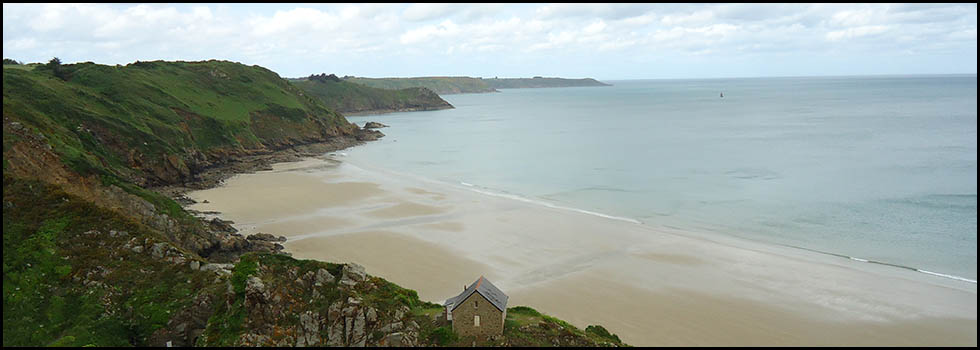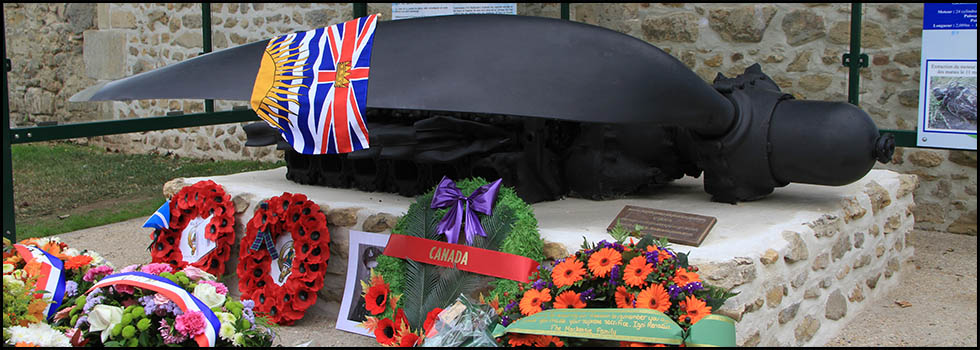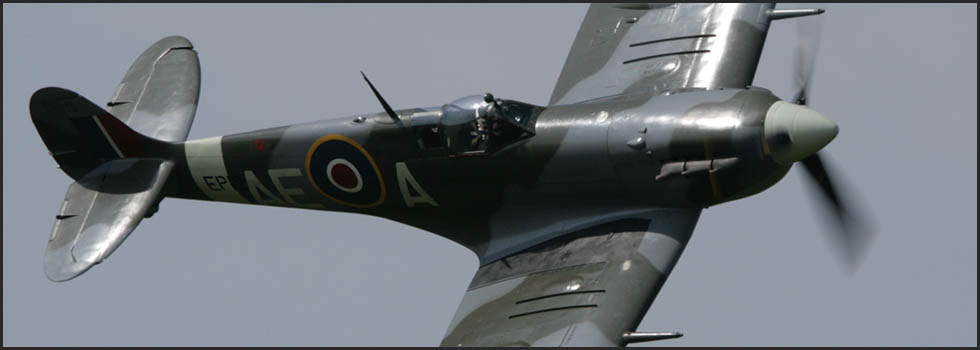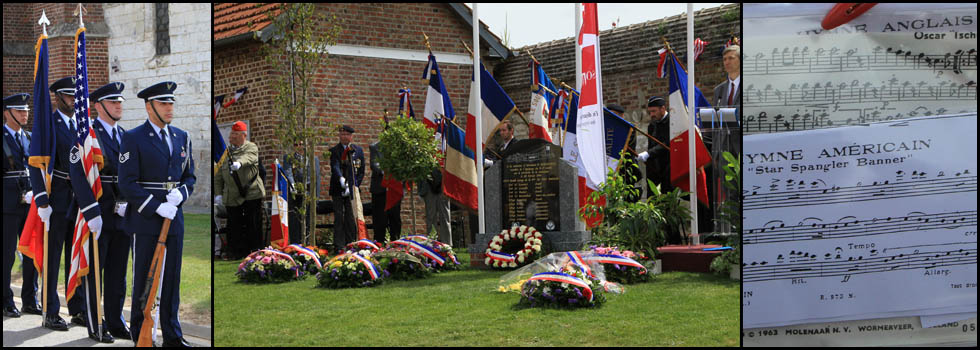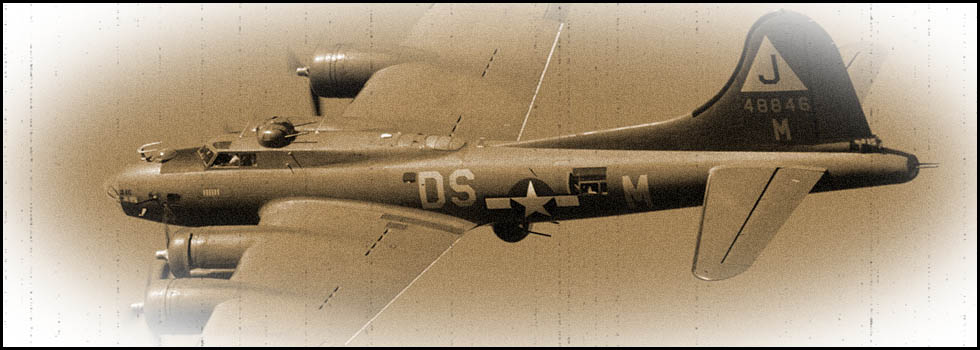3/4 July 1943
Handley-Page Halifax MkII JB796
EQ-C
RAF 408 "Goose" Squadron
Fontaine-Bonneleau (Oise)
Copyright © 2025 - Association des Sauveteurs d'Aviateurs Alliés- All rights reserved -
En français ![]()
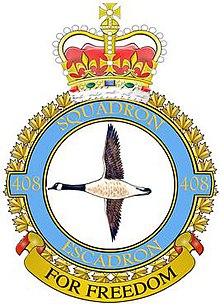
The mission assigned by Bomber Command for the night of 3 to 4 July 1943 was to bomb the numerous industrial sites located on the right bank of the Rhine river in Cologne, Germany.
653 British aircraft (293 Lancasters, 182 Halifaxes, 89 Wellingtons, 76 Stirlings and 13 Mosquitos) took part in this night mission.
The "Goose" Squadron 408 was assigned to participate in this distant raid over enemy territory. Its Halifaxes aircraft took off from Leeming (North Yorkshire) at around 11 p.m. Among them was Halifax JB796 with its seven Canadian and British crew members.
|
F/S Jeffrey Charles May TAYLOR |
Pilot |
22 |
RAF |
|
Sgt. Arthur Raymond WARNICK |
Flight Engineer |
20 |
RCAF |
|
F/O Arthur Baker FOSTER |
Navigator |
21 |
RCAF |
|
Sgt. Reginald McLeod HICKS |
Bomb aimer |
23 |
RCAF |
|
Sgt. Thomas RILEY |
Wireless operaor |
22 |
RAF |
|
Sgt. Paul E. COTE |
Mid-upper gunner |
RCAF |
|
|
Sgt. Albert Edward KELLY |
Rear gunner |
22 |
RCAF |
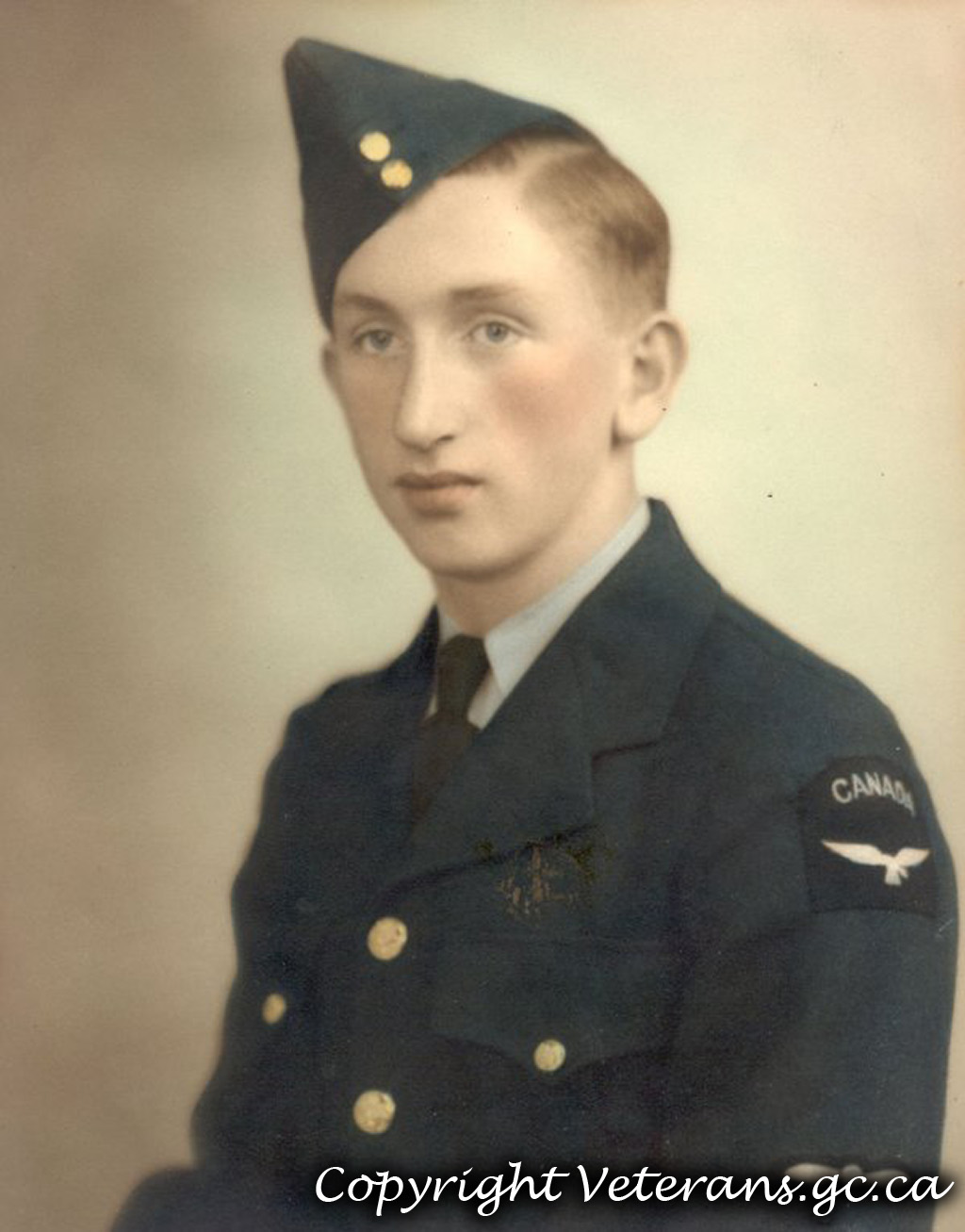
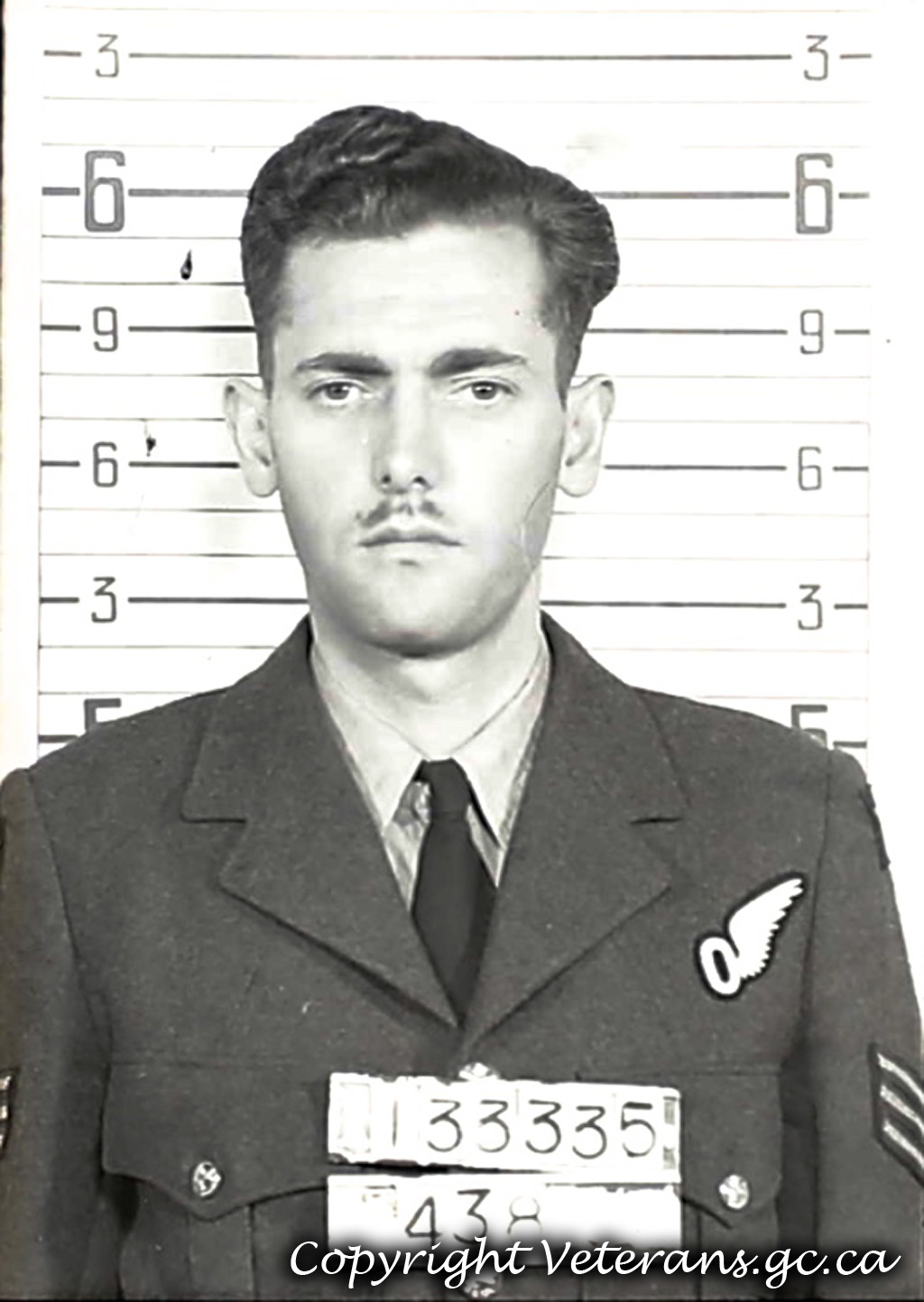
Sgt. Arthur R. Warnick F/O Arthur B. Foster
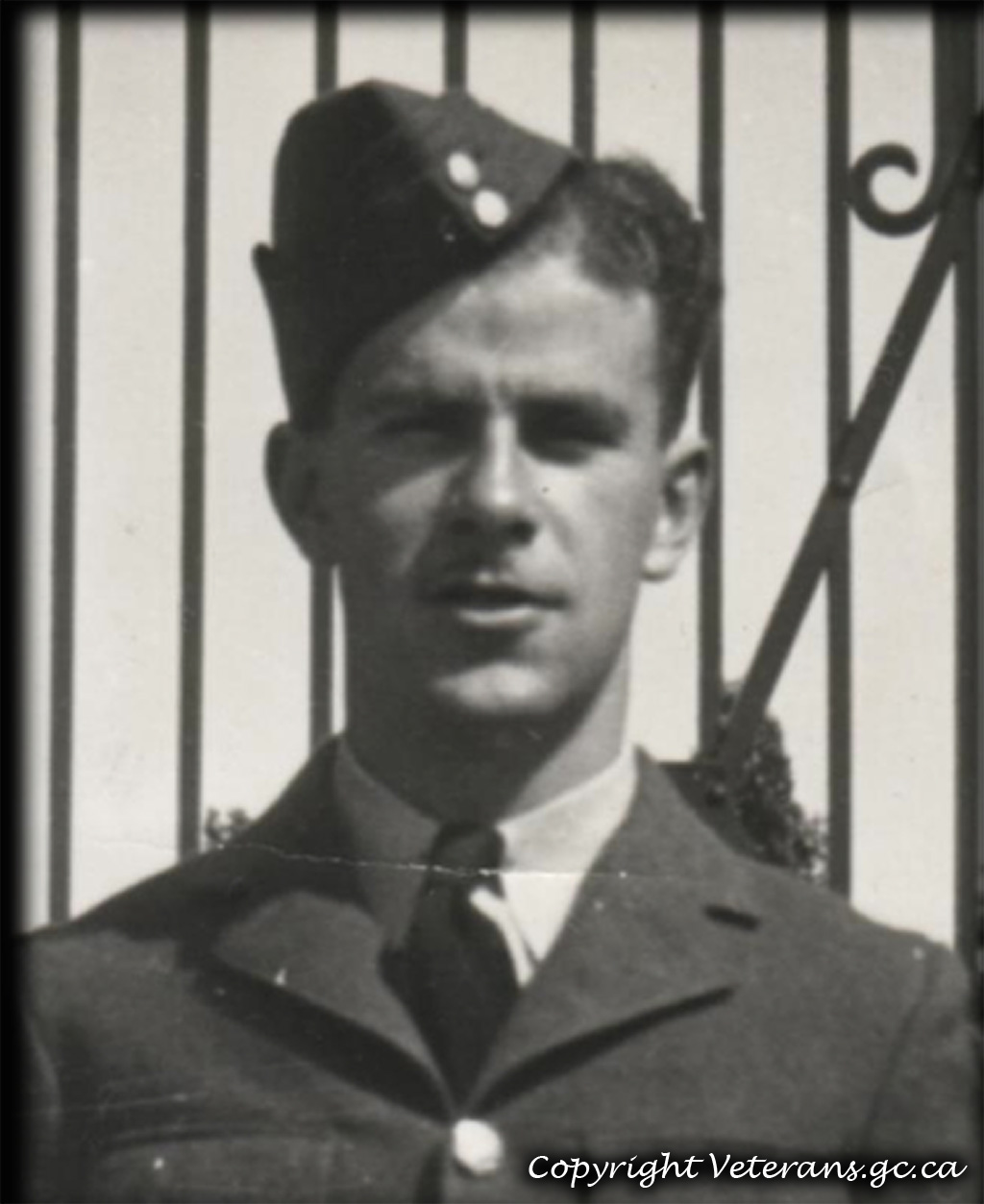
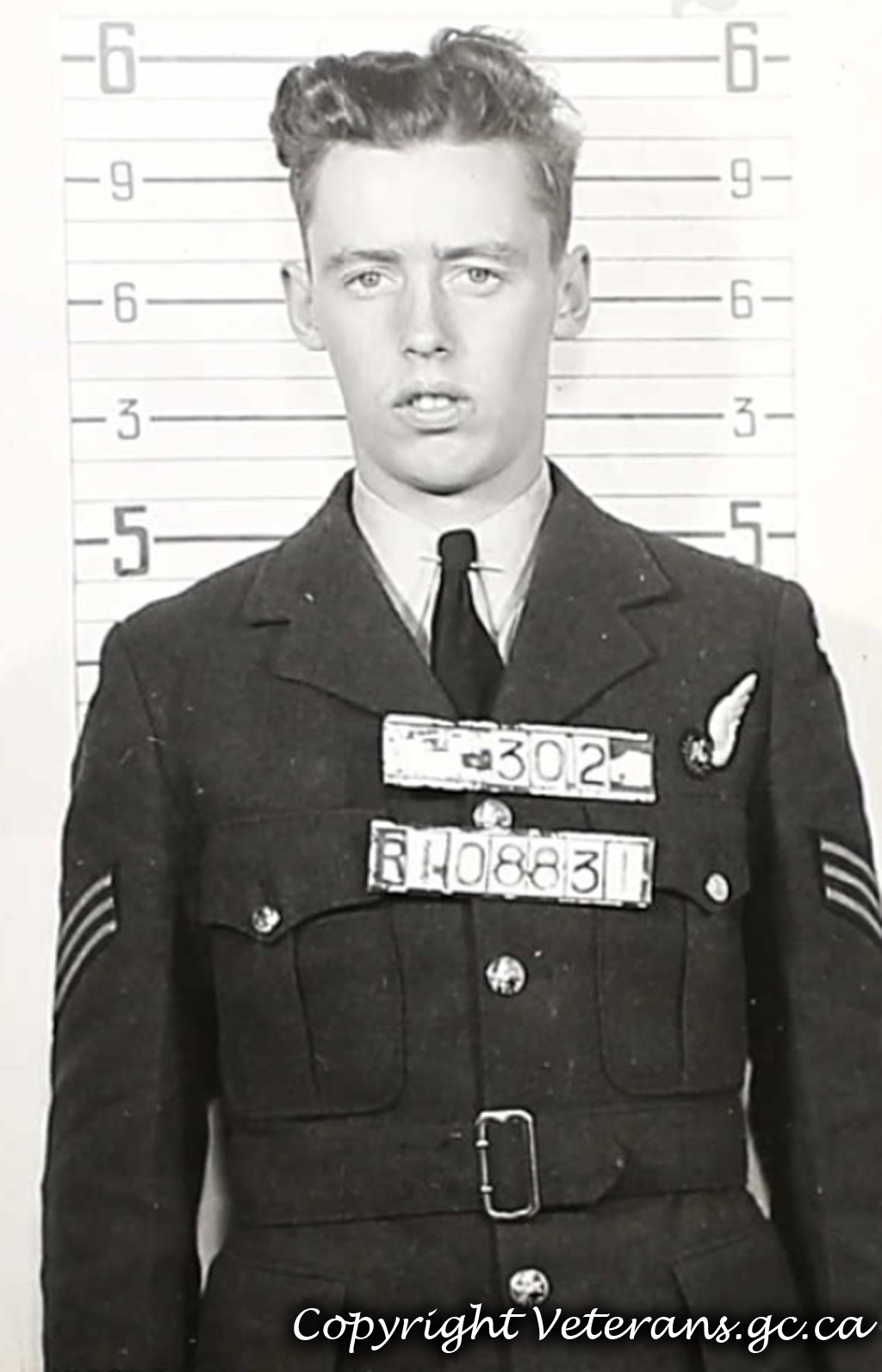
Sgt. Reginald M. Hicks Sgt. Albert E. Kelly
Once above the city, the Pathfinder aircraft marked the target. The attack force's bombs concentrated on and destroyed around twenty industrial sites, but also caused significant damage to the city. Around 600 people were killed and 72,000 left homeless.
During this raid, two aircraft from 408 Squadron 408 were shot down by enemy night fighters :
- Halifax JB913 ‘EQ-F’ was shot down just after midnight near Tessenderlo, Belgium.
- Halifax JB796 ‘EQ-C’ crashed at around 3 a.m. near the village of Fontaine-Bonneleau, killing six of the seven crew members. Only Sgt. Paul E. Cote managed to bale out from the four-engined aircraft. He was taken prisoner and sent to Stalag Luft III in Lower Silesia, now in Poland.
The Halifax JB796 was probably shot down by Unteroffizier Dickhaus of 9./NJG4, who claimed his first victory that night.
The six airmen were buried in the Commonwealth military cemetery at Poix-de-Picardie (Somme) where they still rest today.
Upon returning from this mission, 30 Bomber Command aircraft were reported missing, victims of German fighter planes and anti-aircraft guns.
During this raid, a new defensive tactic called ‘Wilde Sau’ was used for the first time on a large scale by a new Luftwaffe unit, Jagdgeschwader 300. The Flak limited its fire to an agreed ceiling and German fighter aircraft flew at a higher altitude to avoid being hit. Luftwaffe pilots, using the light created by the Flak's searchlights or the glow of fires on the ground, were able to target Allied bombers. Previously, German fighters did not fly over cities targeted for bombing and it took some time for the Allied bomber crews to realise this new form of defence.

